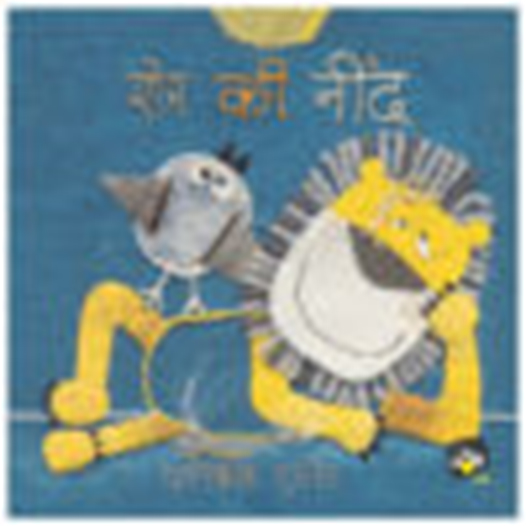TITAHARI KA BACHCHA
Recounted by Pradyamani, Simran, Vidyabharati, Sanjhli, Sunaina, Amar, Sonam, Deshmani, and Ashikana Singh. Illustrated by Bhargav Kulkarni
Jugnoo Prakashan, Delhi, 2018, pp. 36, `130.00
NAAKON KI SHAHZAADI
Text by Mira Ganapati. Illustrated by Nancy Raj
Pratham Books, Bengaluru, 2019, pp. 20, `50.00
The ‘children’s books’ I grew up with were essentially preachy adult stuff parading as stories for children.
It is a delight, therefore, to see these six books which try and see the world through the eyes of a child.
Sher ki Neend (The Lion’s Sleep) written and illustrated by Manica K Musil presents a lion who is not a fierce hunter out to kill and frighten children. Rather, it is a lion that desperately needs a snooze but cannot sleep because birds and monkeys and insects don’t let him. Finally a bird leads him up a hill and he falls asleep: a lovely metaphor for a child’s desire to guide grownups. While the tale alone is sure to engage any six-seven year old, the fabulous illustrations, created with a variety of fabrics, threads, rope and wool, would compel even older people to turn its pages.
Jasbir Bhullar’s Kitabon Wala Ghar is moored in the nostalgia of growing up in rural Punjab about seven decades ago. Little Veer’s is a small world where a sweet-seller gives a child a gulab jamun for a piece of paper that the child believed was a currency note. It is an idyllic fantasy in which a bitch, whom the young Veer had saved from starvation and death, treats him as her own pup by allowing him to suckle. The description of the school is delightful with the teacher taking an afternoon snooze in the school premises and children left on their own. However, that may not be unreal even today as far as schools in rural areas are concerned. The description of a movie being shown in enclosed tents in a dark night is delightful. The child’s discovery that while darkness invisibilizes everything, it visibilizes some movies where heroes subdue villains is beautifully described. Echoes of Partition reach Veer’s village in the form of a great fear where people try to protect themselves from an invisible calamity. However, the memory of Partition is resolved in a beautiful gesture when his father preserves a copy of the Quran and hands it to his friend who had moved to the other side.

